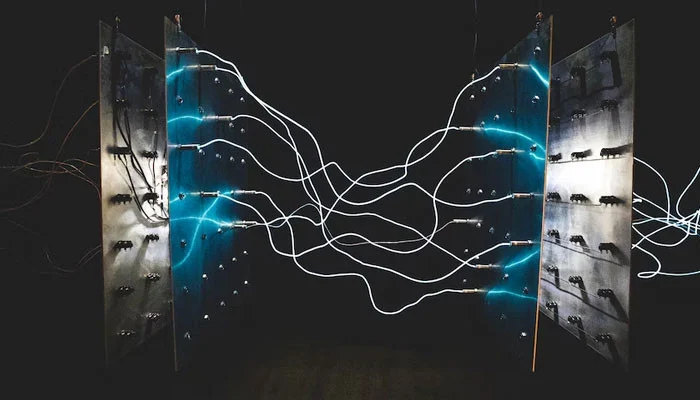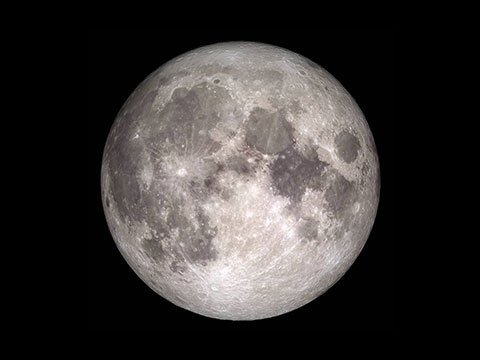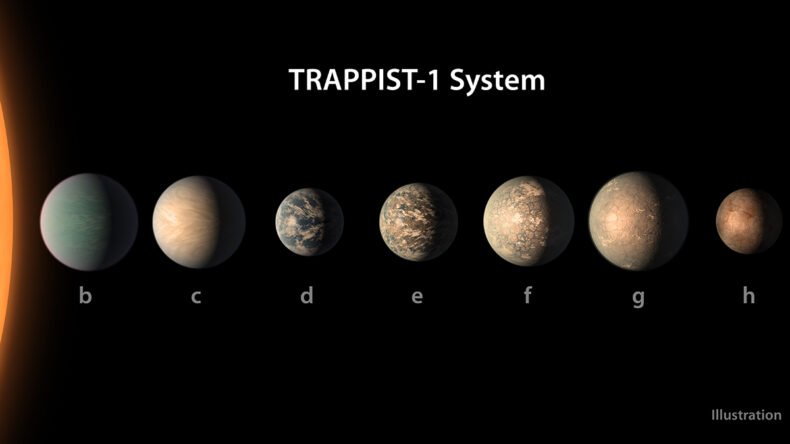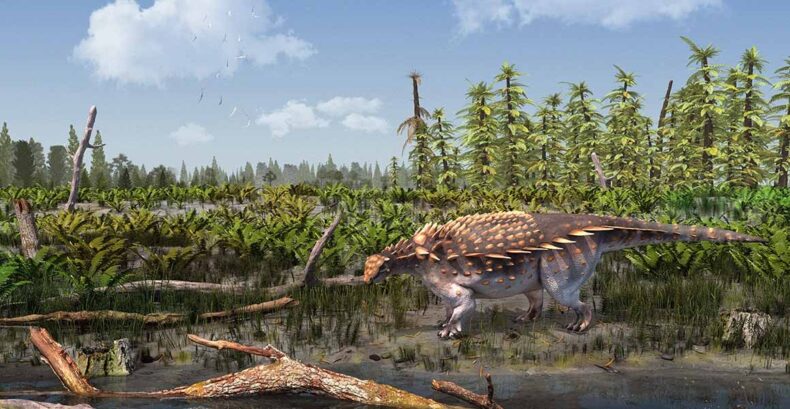Author: Meghaja K
Researchers at University of Massachusetts (UMass), Amherst had revealed that they were able to generate small but continuous electric current from humidity in the air in last May. According to the recent reports, this discovery was an accident. Prof Jun Yao, study’s lead author said that they were trying to make a simple sensor for humidity in the air. The student working on it had forgot to plug in the power, but the device was producing an electric signal. Initially the device was made from an array of microscopic tubes, or nano wires. Later, materials with millions of tiny holes…
The James Webb Space Telescope has released images of Saturn it captured on June 25. The turning of Webb’s mirror to Saturn is a first. The images captured by Webb’s Near Infra-Red Camera (NIRCam), makes the gas giant Saturn appear in deep dark orange while its icy rings can be seen shining. Since methane particles in the planet’s atmosphere absorb almost all of sunlight, the planet appears extremely dark in the infrared. Dione, Enceladus, and Tethys- few of Saturn’s moons are also seen in the images. Exploring the Wonders According to scientists, Enceladus is one of the most promising locations…
Chandrayaan-3, the follow-up mission of Chandrayaan-2 by Indian Space Research Organisation (ISRO) to be launched in mid-July. The window for launch is between July 12 and 19. Although the launch date is not yet finalized, it is likely to be launched on July 13,2024 at 2:30 pm. The spacecraft has been tested and is getting ready for the launch at Satish Dhawan Space Centre in Sriharikota. A three-stage medium-lift launch vehicle developed by ISRO- Launch Vehicle Mark-III (LVM3)- will be the launch vehicle for Chandrayaan-3. The launch vehicle for Chandrayaan-2 was GSLV MkIII-M1. Chandrayaan-3 Chandrayaan-3 consists of a lander and…
A ‘low pitch hum’ of gravitational waves flowing through the milky way was discovered for the first time. North American Nanohertz Observatory for Gravitational Waves (NANOGrav) detected the gravitational background (GWB) using observational data from an array of pulsars. Laser Interferometer Gravitational-Wave Observatory (LIGO) and Virgo collaborations had detected gravitational waves before. Albert Einstein predicted the gravitational waves for the first time in 1916. Though the cause is not known yet, according to Stephen Taylor, a gravitational wave astrophysicist at Vanderbilt University, Tennessee, who co-led the research, the detected signal is consistent with the theoretical expectations of gravitational waves emerging…
Researchers has calculated the amount of heat energy coming from the exoplanet TRAPPIST-1c using James Webb Space Telescope. The results suggest that atmosphere may be non-existent or extremely thin in this rocky exoplanet making it unfavourable for hosting life. TRAPPIST-1c – Discovered in 2016 TRAPPIST-1c is an exoplanet orbiting the around the ultracool dwarf star TRAPPIST-1 located 40.7 lightyears away from earth. TRAPPIST-1c was discovered on May 2, 2016 and was initially thought that it might have a thick carbon dioxide atmosphere like Venus since they had similar size and it receives similar amount of radiation from its host star…
The new discovery of potential new solar photovoltaic materials’ capabilities might pave way to new optically based quantum computers and quantum teleportation devices for communication. Researchers at MIT have shown that nanoparticles of materials that have been widely studied as potential new solar photovoltaics can emit a stream of single, identical photons. It has been about two decades since the idea of using light instead of physical objects as qubits has been proposed. In this case, ordinary mirrors and optical detectors would suffice to control qubits and enter and extract data from them instead of the complex and expensive equipment.…
In research funded by Canadian Space Agency, it was found that illnesses are more likely to affect astronauts in space as space travel might weaken the immune system due to changes in gene expression in WBC. Astronauts on board the International Space Station (ISS) often suffer from skin rashes, and respiratory and non-respiratory diseases. Also, astronauts shed more live viral particles, like Epstein-Barr virus (EBV), varicella zoster, herpes simplex 1, cytomegalovirus (CMV). The Research Details The study was done by evaluating genetic expression in leukocytes of a cohort of 14 astronauts – 3 women and 11 men- who lived on…
The joint mission of European Space Agency (ESA) and Japan Aerospace Exploration Agency (JAXA)- BepiColombo- has completed third of its six flybys of mercury on June 19 2024. It is the first mission to mercury for both ESA and JAXA. With the recent flyby, tectonic and volcanic activities and a new crater are coming to light. The gravity assist close flyby took place on the night side of the planet at about 236km above the planet surface. Few among the images of mercury’s scotching surface have been released by ESA within 24 hours of the closest approach. Joint Mission BepiColombo…
A new species of armoured dinosaur were found on the Isle of Wight, an island off the south coast of England. These herbivores with blade- like armor is named Vectipelta baretti. The name was given in honour of Prof Paul Barret. He has worked at the Natural History Museum in London for 20 years and has published 220 scientific papers. He said that he was flattered and absolutely delighted to have been recognized this way. The first paper he wrote was also on an armoured dinosaur. The dinosaur belongs to the family ankylosaurs. A species- Polacanthus foxii- belonging to the…
With new advancements and error correction process, quantum computers are on the way to replace classical computers. Classical computers cannot perform complex problems. This is when Quantum computer comes into picture. They are smaller and only requires lesser energy than supercomputers. It uses qubits to perform. Quantum entanglement helps qubits to calculate faster compared to bits in classical computers. Recently IBM was able to simulate the dynamic of spins in a model of material and accurately predict properties such as its magnetization by creating entangled states using quantum Eagle processor which is a 127- qubit quantum processor. By this, realization…
Contact us:
online@asianatimes.com
Copyright © 2024 Asiana Times. All Rights Reserved













